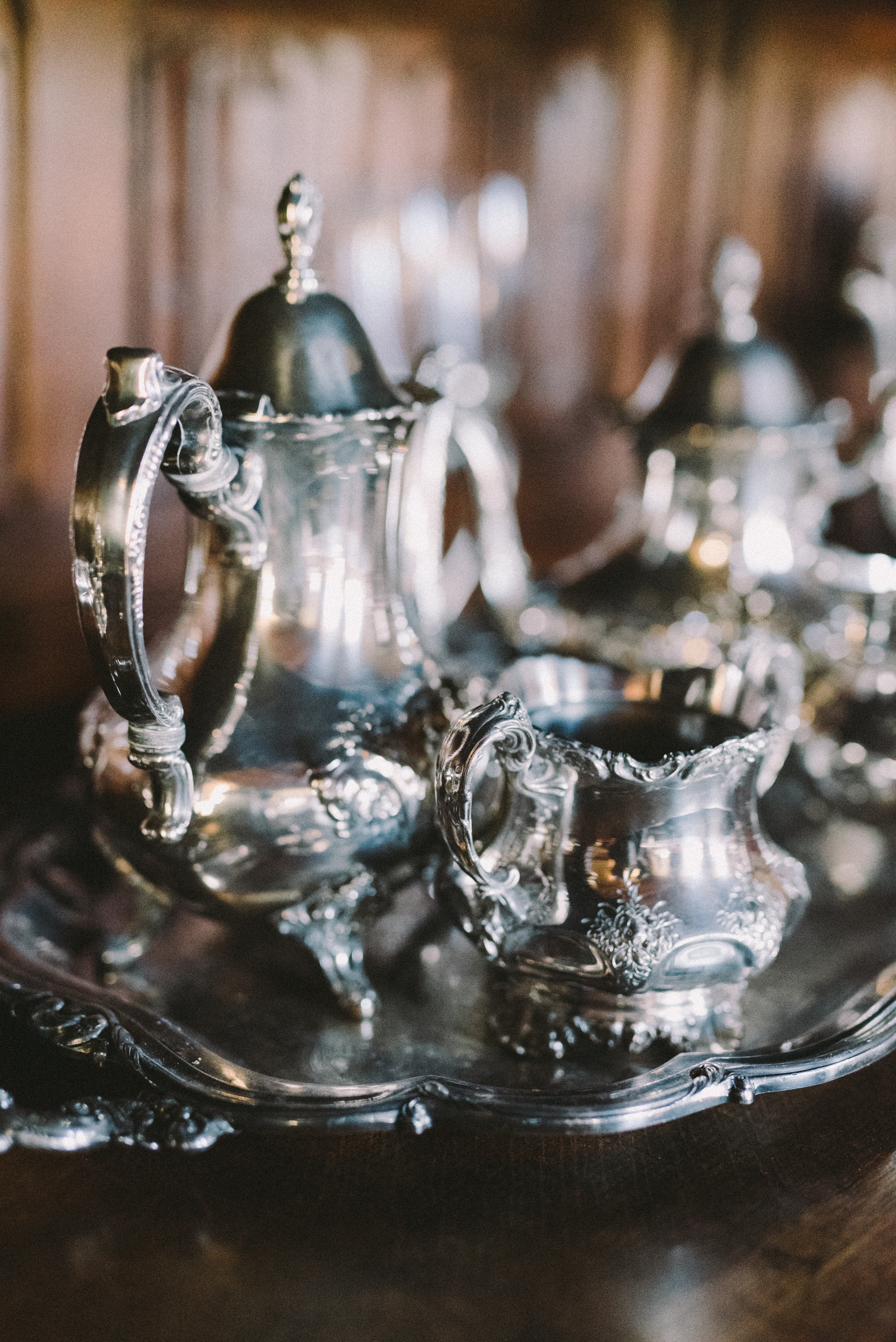
Why should you care what about the difference between sterling and silver plate? Well, I’ll give you a good reason, and it’s your pocketbook. When I first started the store, a lovely young woman came to consign some “costume” jewelry that had belonged to her deceased, mother-in-law. She cleaned it. She organized it. And then she dropped it off. Long-story-short, it was not costume – not even close. It was sterling and gold. There were real pearls and gemstones. She just didn’t know. I was glad she brought these pieces to me. She was pleasantly surprised by the money she realized and to know what the pieces were. It’s a mistake that is easy to make and many do make it.
Two Good Reasons to Know The Difference Between Sterling and Silver Plate:
1. People inherit silver flatware, candlesticks, tea sets and other household items and jewelry all the time. Whilst some are sure of what they have, others just don’t know. Just like my customer, it’s a mistake you’d rather not make.
2. Savvy thrift shoppers find mis-marked silver items at estate sales and flea markets on the daily. You can find the deal of the year, if you can spot that sterling vase that a shop is selling as plate.
So today, let’s talk about silver and how you can tell the difference between sterling and silver plate.
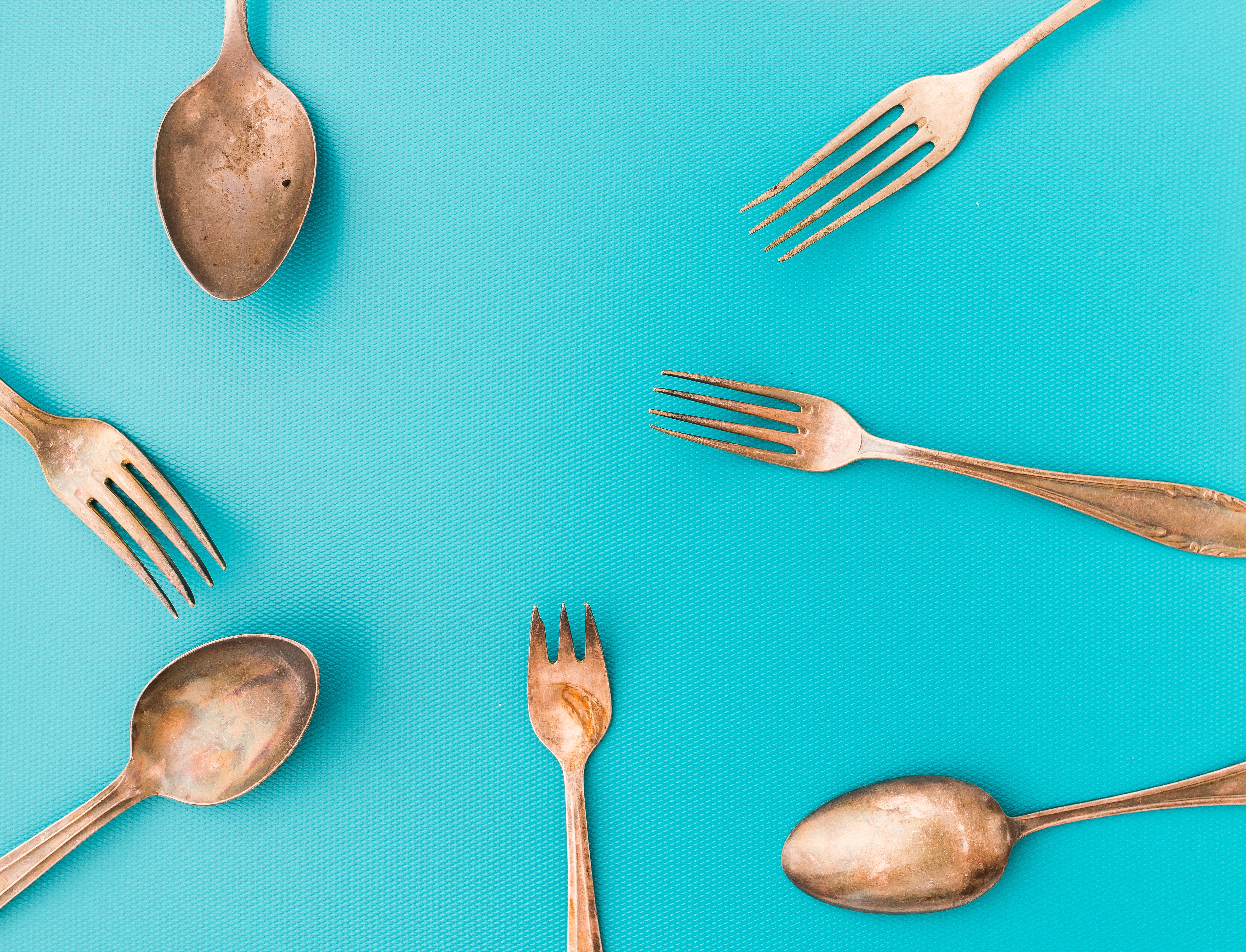
Let’s Start With Some Definitions:
Sterling:
According to the fine, British purveyor, Inkerman of London, sterling “..silver is a soft metal which is used to make jewelry and objects. Due to its softness, it is often mixed with a small amount of another metal to make it more durable and lasting, and in most cases, sterling silver is composed of 7.5% copper. For an item to qualify as solid silver, it must be 92.5% pure silver.”
Silver Plate:
Silver plate, on the other hand, “… is a term used when jewelry or other products (like flatware) are primarily made of other metals and coated with a thin layer of silver; the base metal is often brass. The item is made in brass and then dipped in a silver solution giving the item a silver appearance. As the silver is a coating it can be thin and is susceptible to fade over time, with both wear and tear and occasionally (from) over-polishing. Silver plate items will not have a 925 stamp or a hallmark.”
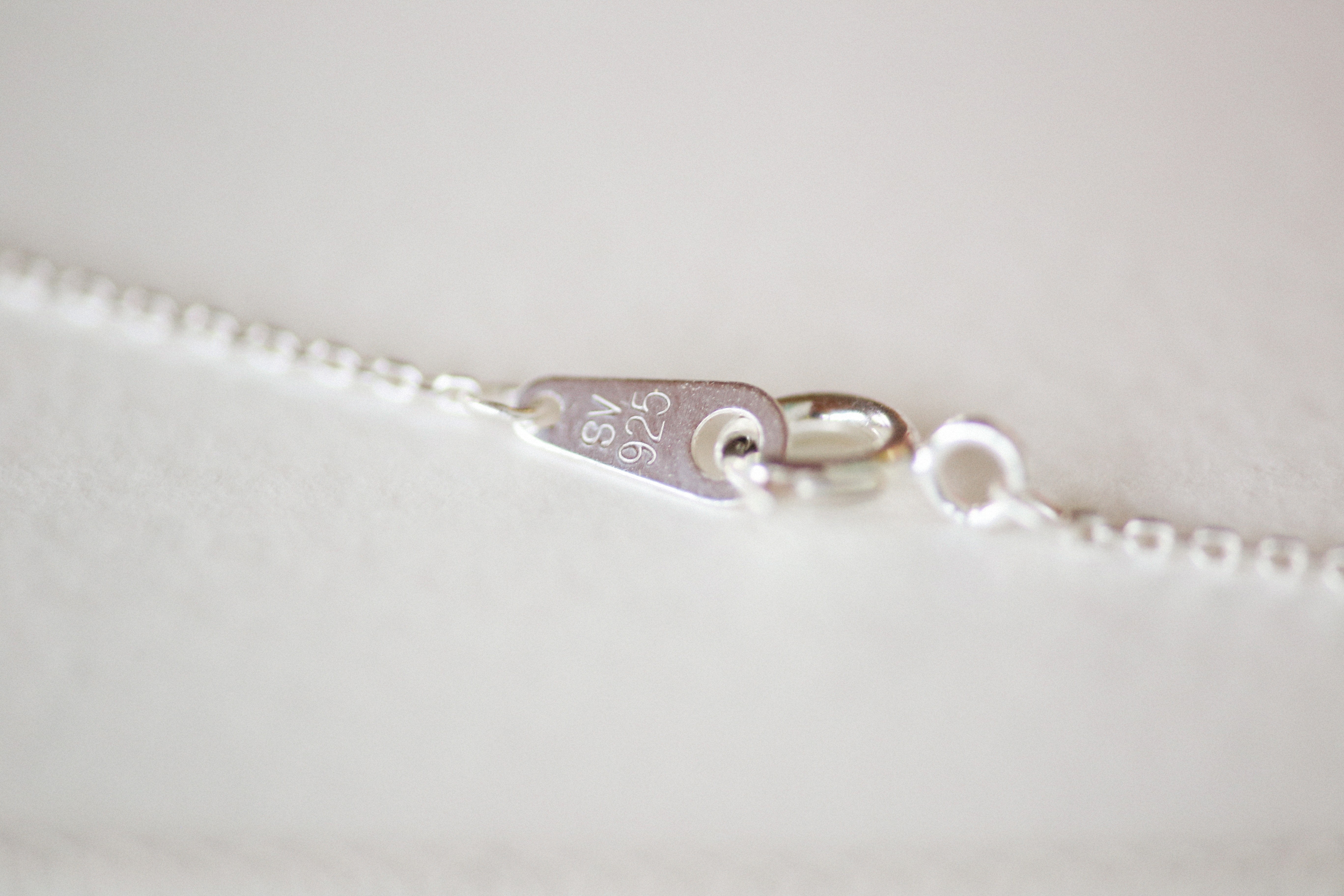
It’s In The Mark… Well, Maybe
According to MarthaStewart.com, “The first thing you should look for when you have or have found an item you suspect to be real silver, is markings like a stamp or hallmark. A silver object that is to be sold commercially is, in most countries, stamped with one or more silver hallmarks indicating the purity of the silver, the mark of the manufacturer or silversmith, and other markings to indicate date of manufacture and additional information about the piece.”
I would say this is true… mostly. Modern pieces made in th U.S. and elsewhere around the world will carry a mark like 925. This simply means that the sterling is 92.5% silver (consider “pure” silver). In Britain and other countries of origin, sterling can be marked 900 or 800, which also represents the amount of silver they contain. Silver plate will carry marks such as: EPNS, Electroplate, EP, Quadruple Plate, Triple Plate and Silver Plate or Silverplate.
It gets tricky, however, with hand-made pieces of sterling. Often, silversmiths who create objet d’art do not mark their silver content, even when they work in it. So how else can you tell the difference between sterling and silver plate?

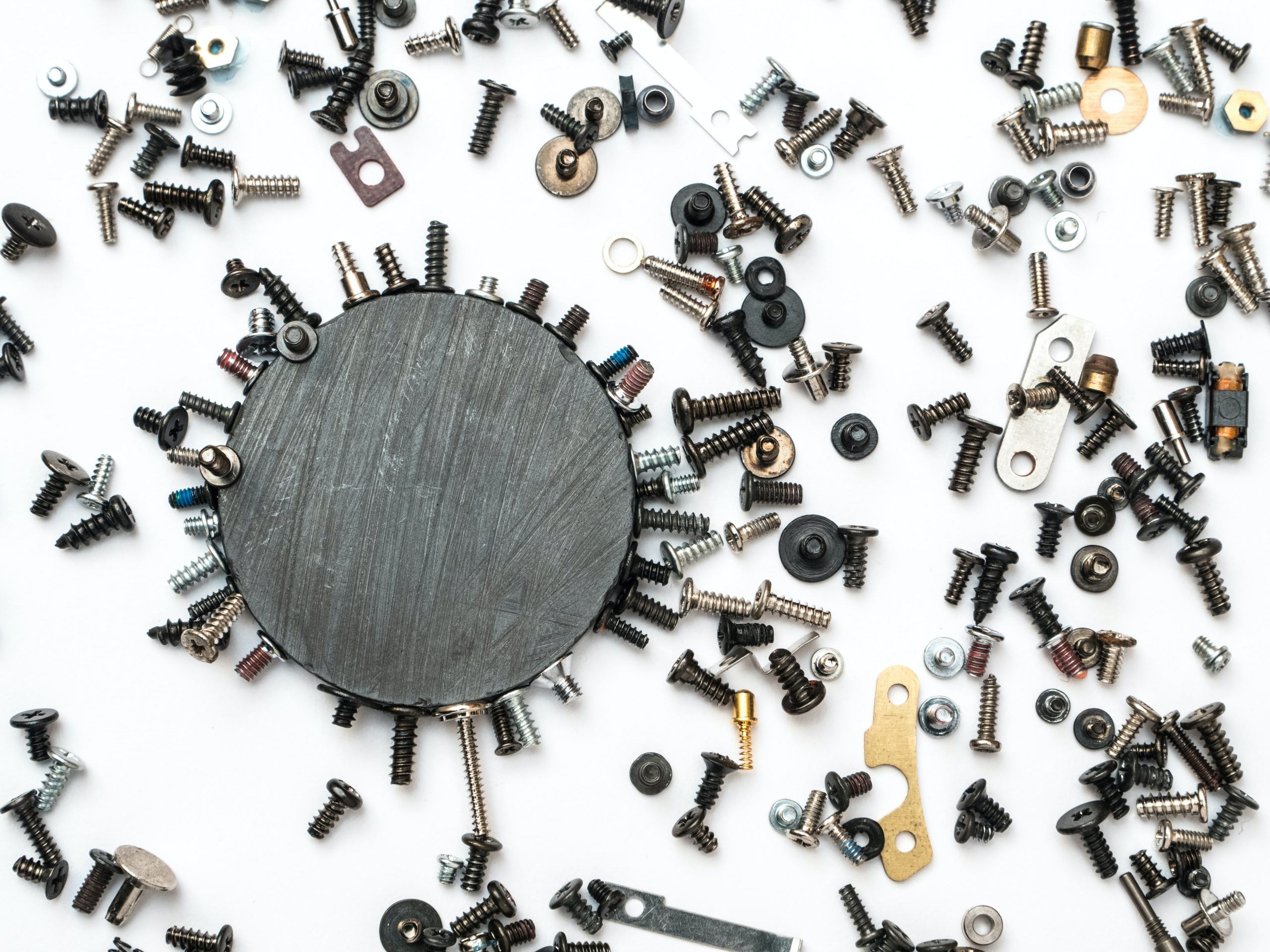
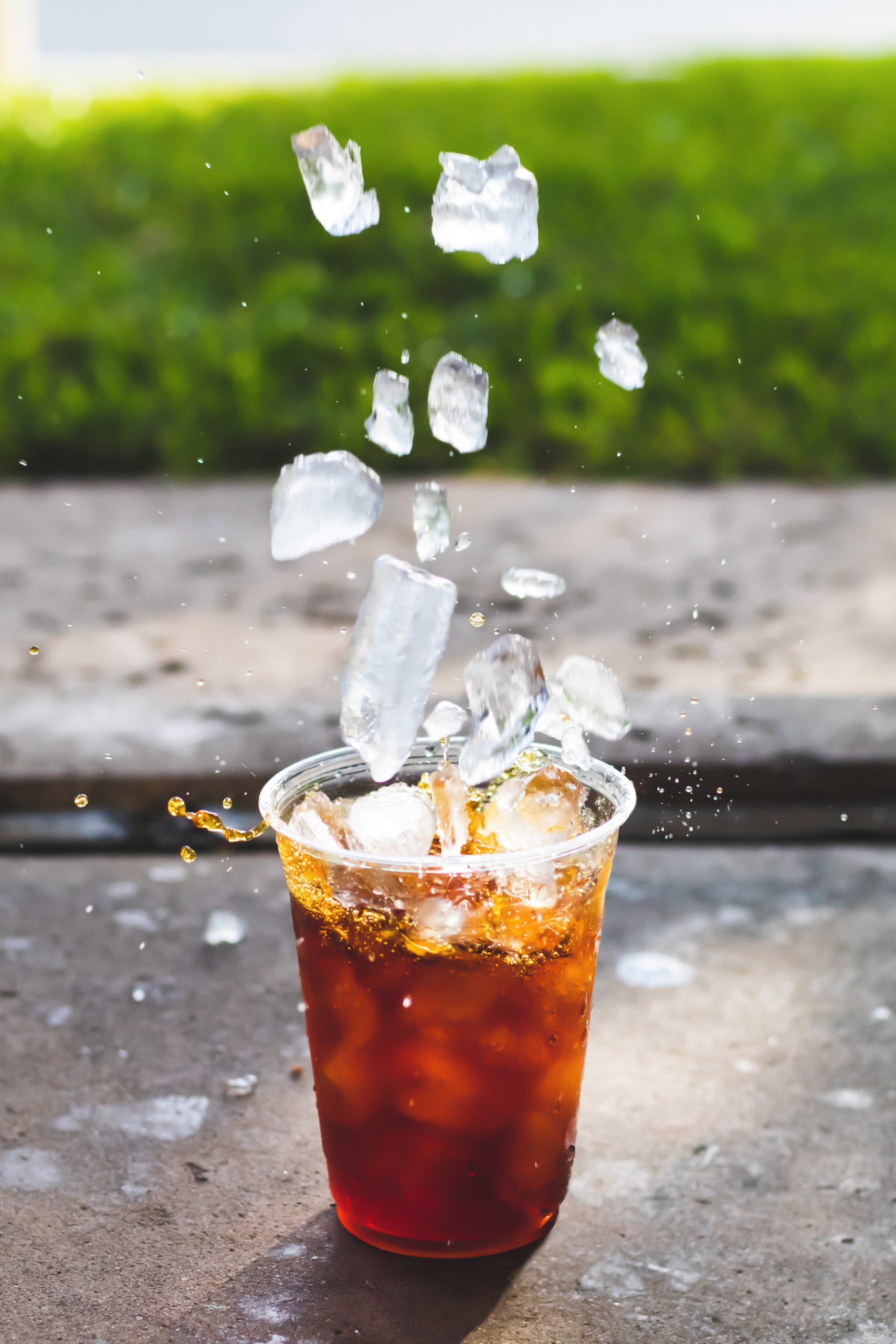
Bring a Magnet, A Polishing Cloth, Your Nose and An Ice Cube
If you’re out thrifting for hidden treasures, there are a few tricks you should know about silver. There are also a some things you can bring with you to help you tell the difference between sterling and silver plate. And yes, you read that right, one of them is an ice cube.
A Magnet
Silver is not magnetic. Iron, nickel, cobalt and other base metals, found in silver plate, have greater magnetism. If your magnet sticks, it’s probably not sterling silver.
A Polishing Cloth
If you bring a silver polishing cloth with you, you can rub the tarnished piece with it. If no black residue appears on your cloth, it’s probably not sterling silver. Polishing silver plate items will also result in residue, so this is only good for excluding items which are neither.
Your Nose
Sterling silver has no smell. If you smell the piece in question and you smell sulfur or a distinct metallic fragrance, it’s probably not sterling. Silver plate gives off these smells.
And An Ice Cube
Weird but true. If you bring a cold drink into the shop you are thrifting, you can take a piece of ice from your drink to help discern whether something is sterling or silver plate. Take the cube and put it on top of the silver item. According to MarthaStewart.com, sterling “silver has the highest thermal conductivity of any common metal or alloy. Even at room temperature, authentic (sterling) silver products will melt the ice at an exceedingly rapid rate. If it melts fast(er), it probably is (sterling) silver.” Cool, huh?
So, get ready to figure out what Auntie Ida left you, or take these skills the next time you go thrifting. It’s fun to figure out what it is that is taking up that space in your hutch. And it’s even more fun to discover a hidden treasure at a shop or sale. Either way, I hope you enjoyed the blog.
Have a Lovely Sunday, My Friends. Marianne
For more on flatware and silver topics, see my other blog on the topic: Table Setting 101. P.S. In later blogs we will cover gold, gemstones and pearls, so stay tuned.







No Comments